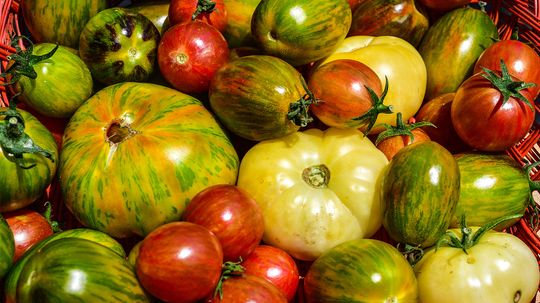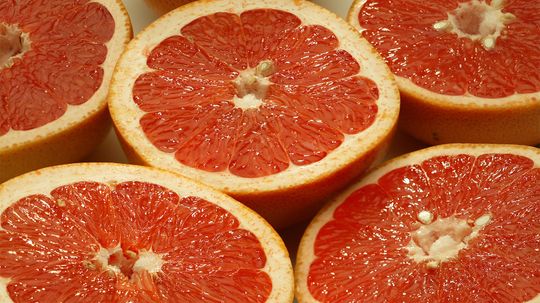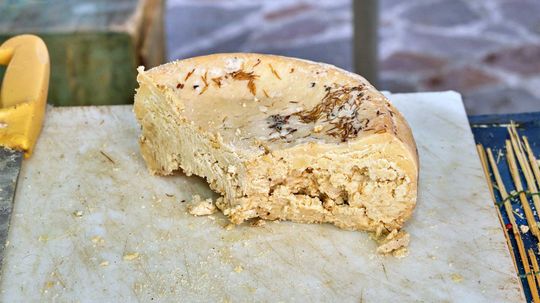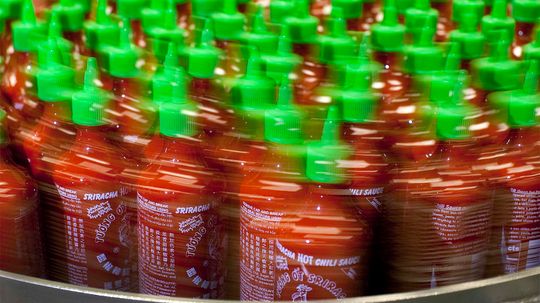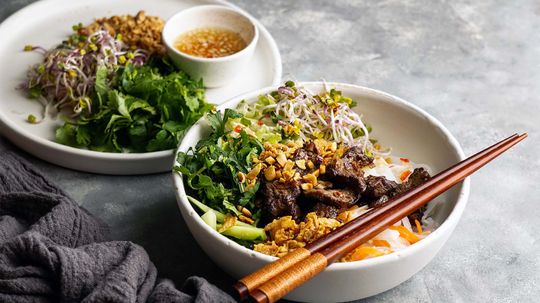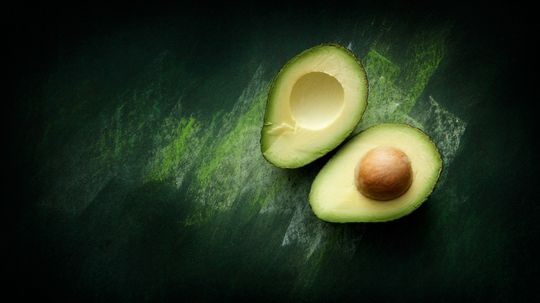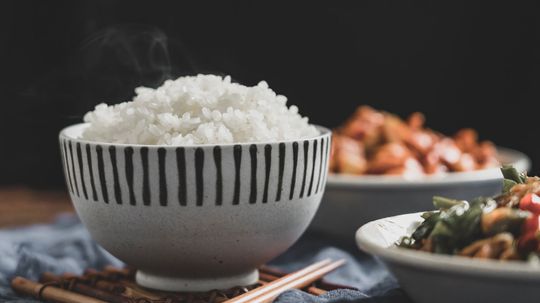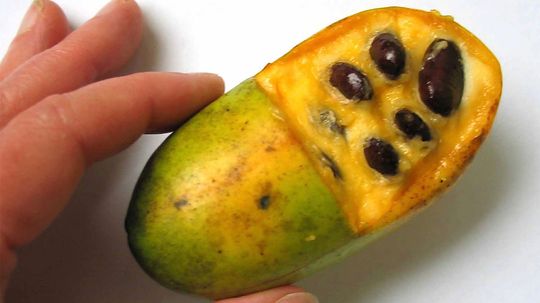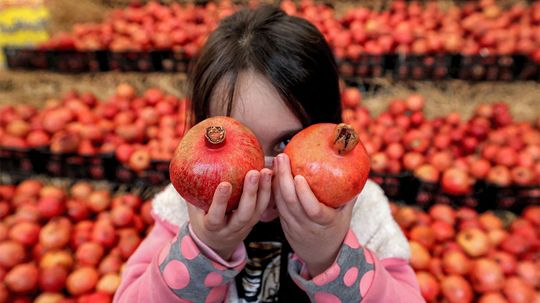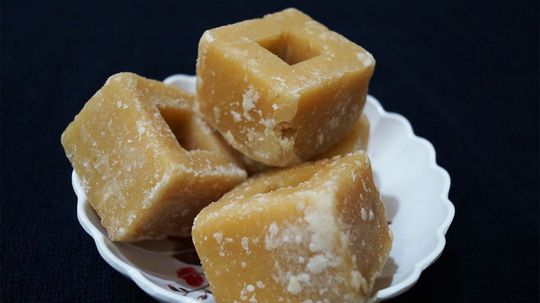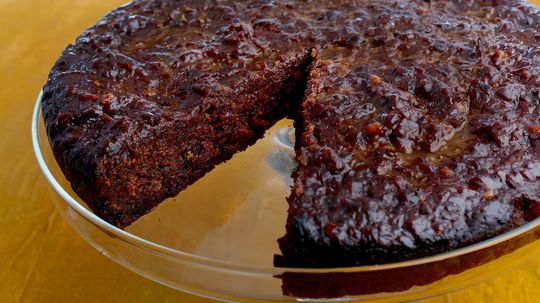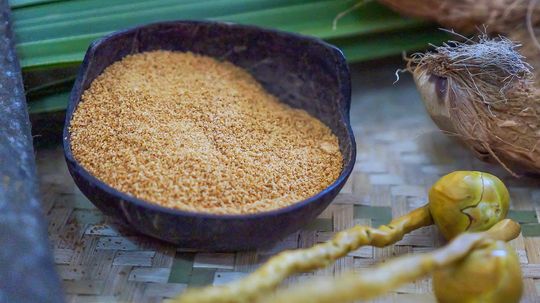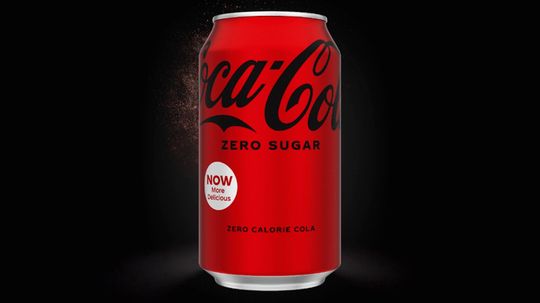Food Facts & Fun
Food Facts is a listing of articles that teaches you how all types of foods, drinks and diets work.
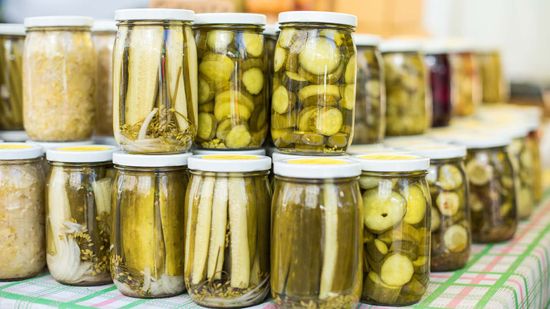
What's the Dill? The History of the Pickle

How Do Today's Brewers Make Non-alcoholic Beer?

You Don't Want to Know How Maraschino Cherries Are Made

What's the Best-selling Beer in the World? Not Budweiser

5 Types of Tequila: Which to Sip and Which to Shoot
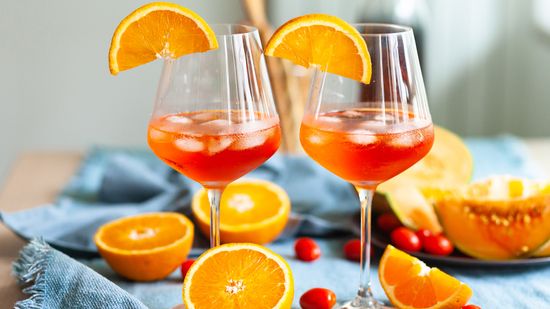
Campari vs. Aperol Cocktails and Flavor Profiles
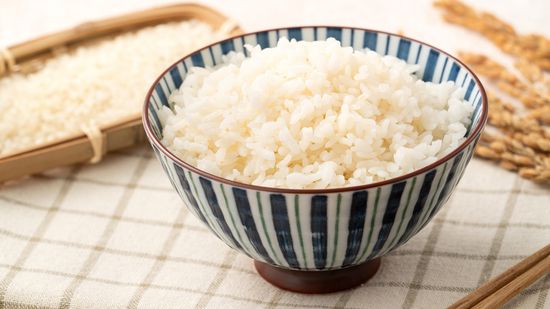
12 Types of Rice to Pair With Any Meal
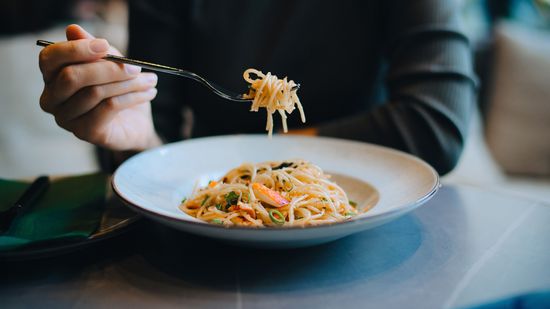
14 Types of Noodles Coming to a Dinner Table Near You
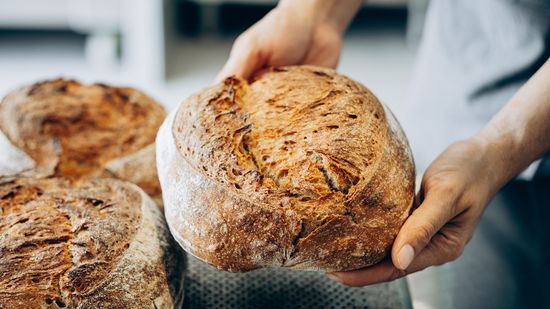
13 Types of Bread: Challah, Sourdough, Rye and More
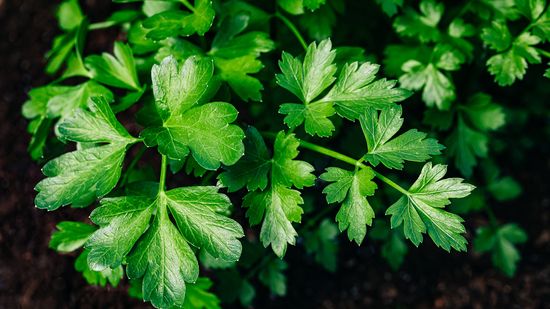
Parsley vs. Cilantro: Same Family, Totally Different Flavor Profile
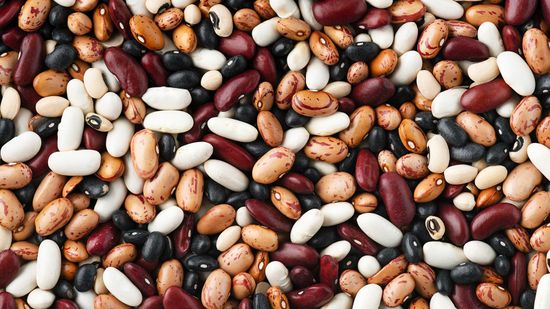
14 Types of Beans: Garbanzo, Adzuki, Cannellini and More
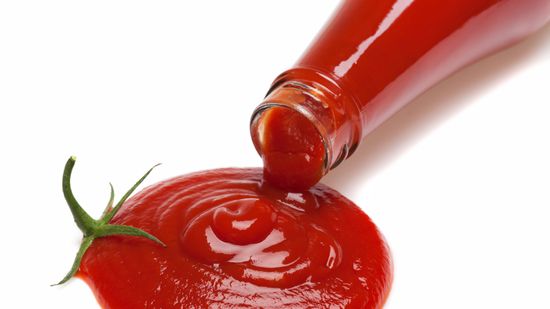
Is Tomato Catsup the Same as Tomato Ketchup?

Get the Scoop on Our Ice Cream Quiz!
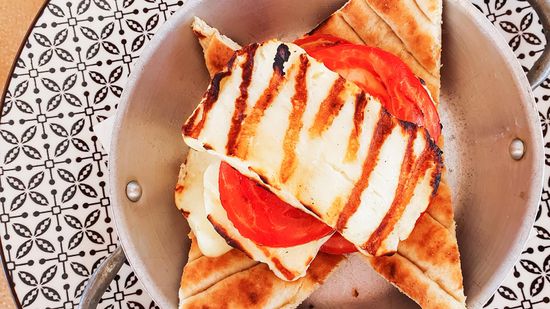
What Is Halloumi Cheese, and Why Is It Suddenly So Popular?
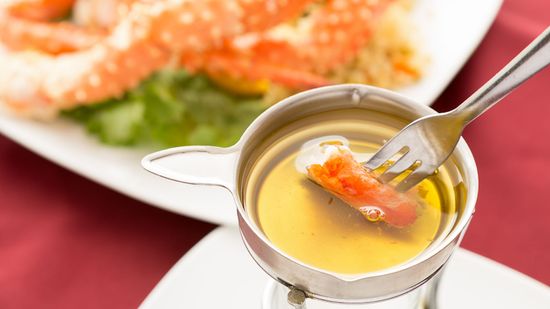
What's the Difference Between Clarified Butter and Ghee?

9 Unconventional and Weird Ice Cream Flavors We'd Love to Try

6 Types of Candy for Every Sweet Tooth

11 Types of Cookies for Your Next Snack Attack
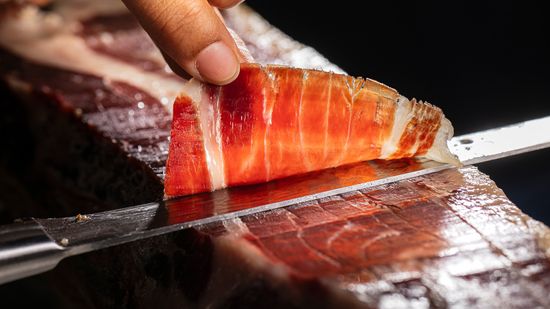
Is the Most Expensive Meat Kobe Beef, Wagyu, or Iberico Ham?

8 Food Festivals Where You Can Fill Up on a Good Time
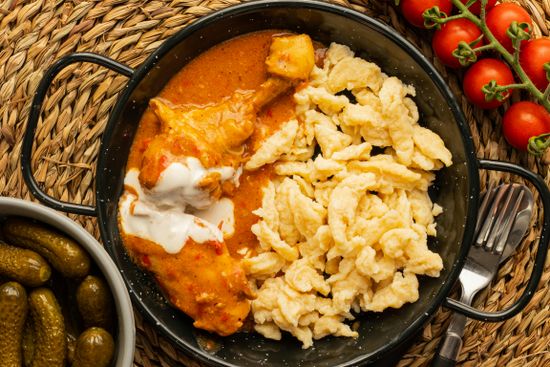
Discovering the Vibrant Flavors of Hungarian Cuisine: A Culinary Journey

How Food Tasters Work

Top 5 Reasons You Know You Should be a Pastry Chef

How to Get Your Big Break into the Baking Business

Can You Eat Jellyfish? Yes, But Not All Jellyfish
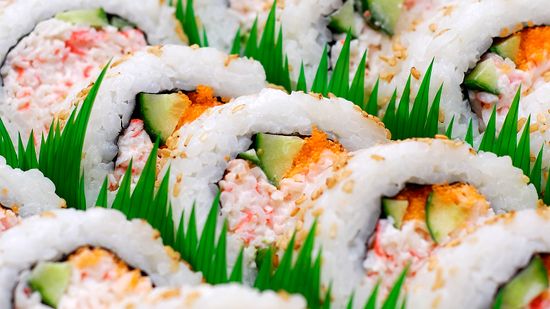
What Is Imitation Crab Meat? Is the Crab Substitute Vegan?
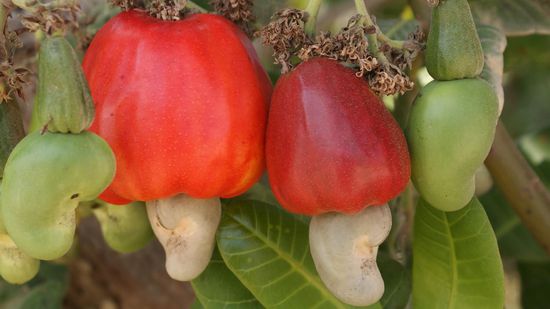
It's Nuts How These 6 Nuts Look Before Processing

What Is a Group of Bananas Called? A Bunch Isn't What You Think
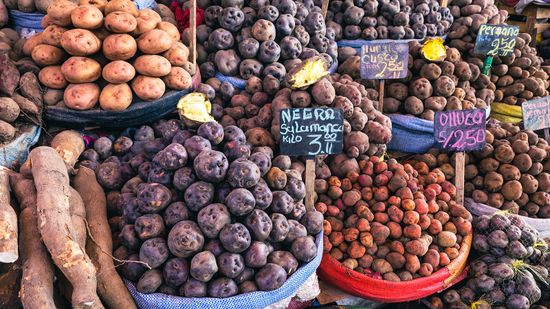
Where Do Potatoes Originate From? Not Ireland
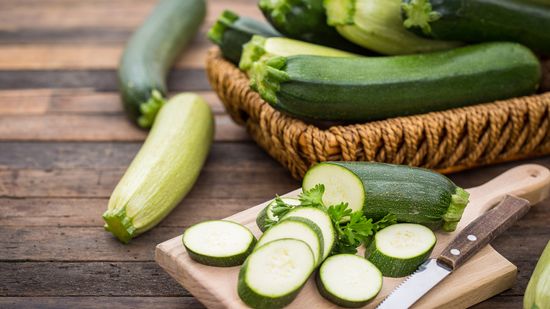
Zucchini vs. Cucumber Vitamins, Water Content, and Uses
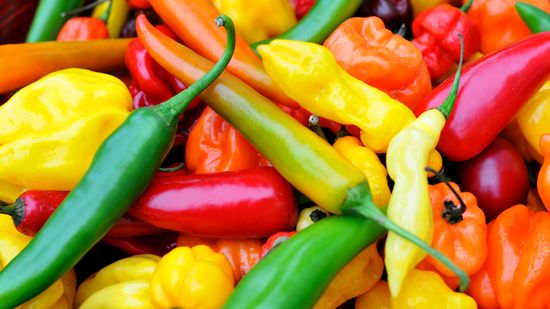
7 of the Hottest Peppers in the World
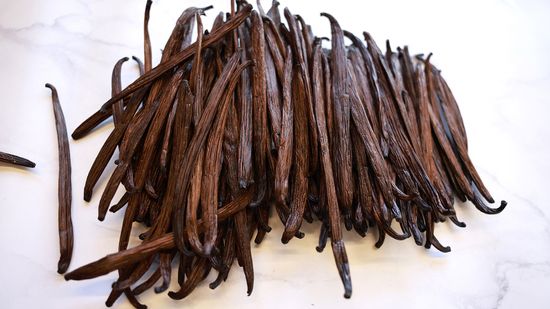
Where Does Vanilla Flavoring Come From?

Lemongrass Is a Prized Herb in Asian Cuisine

10 Flaming-hot Facts About Cheetos

Korean Street Treat Hotteok Is Like a Warm Hug

Is There Really a Difference Between the Left and Right Twix?

10 Types of Wine and What to Pair Them With

What's the Difference Between Champagne and Sparkling Wine?

What's the Difference Between Port and Sherry?
Learn More / Page 4
You've undoubtedly heard about heirloom tomatoes, but what's so different about them, and why do they taste so good?
Does your mouth get all excited at the thought of eating a juicy grapefruit? Well, pucker up, because grapefruit is loaded with the vitamins and antioxidants your body needs.
Casu marzu has been called the most dangerous cheese in the world. But Sardinians have been eating it for centuries, so why is it banned and is it really so bad?
By Alia Hoyt & Lauren David
Advertisement
Sriracha is spicy and tangy but not super hot. That's why so many people love it. It never overpowers foods; it just complements them.
By Mark Mancini
Filled with a variety of ingredients, such as cinnamon, honey, seeds and brown sugar, hotteok is a fried pancake that's an extremely popular street food in Korea.
Don't let its name - or strong aroma - turn you off. Fish sauce is a savory sauce used in Southeast Asian cuisine, and we promise if you try it, you'll never let your kitchen be without it.
By Mark Mancini
America just can't do without Mexican avocados. And the Mexican cartels want a piece of the pie.
Advertisement
They're two popular types of long-grain rice, both with roots in Asia. But what makes them different from each other?
By Alia Hoyt
You probably won't find a pawpaw in your grocery store or local farmers' market, so what's the deal with this most elusive of fruits?
Eating a pomegranate may seem intimidating at first, but once you learn how to do it, it's easy - and those shiny, jewel-toned seeds are well-worth the trouble.
Jaggery is an unrefined sugar made from sugarcane that is frequently used in both savory and sweet dishes prepared throughout southwest Asia.
Advertisement
You've seen the ads and surely you've seen the "left" and "right" candy bars. But come on. Are they playing mind games with us or are these two bars really different?
Sour cream and crème fraîche have a lot in common. But these two rich toppings aren't exactly the same. We'll tell you how they differ.
Even if you think you hate fruitcake, a taste of Caribbean black cake could go a long way toward changing your mind. Let's dive into its rich and delicious history.
By Dave Roos
It's marketed as an alternative to refined sugar. But is coconut sugar really a healthier option?
Advertisement
You might have survived off ramen noodles in your 20s. Certainly you've had them at some point in your life. But have you ever considered how Cup Noodle made its way to the U.S.?
Fermented from honey, yeast, water and gesho and served chilled in beaker-shaped bottles known as bereles, t'ej is Ethiopia's most popular drink and one of the oldest in the world.
By Katie Carman
Science has made it possible for some apples to be stored as long as a year before selling. How is that done, and is it safe?
You think the turducken is a glutinous holiday dish? Let us introduce you to the Christmas PieCaken.
Advertisement
Nothing adds heat to a dish quite like hot sauce. Think you're hot sauce savvy? Take this quiz and prove it!
By Alia Hoyt
The café Alice Waters opened in Berkeley, California, in 1971 launched California cuisine and the farm-to-table movement. Fifty years later Chez Panisse is still one of America's most influential restaurants.
Some of your favorite "international" foods might not have roots outside of America. Instead, they may have been created in the good old U.S.A. Think you know which dishes were first cooked where?
By Alia Hoyt
It's a "controversial" condiment if there ever was one. But what is liquid smoke anyway and why do some people hate the stuff?
By Jeremy Glass
Advertisement
Coca-Cola decided to change the recipe of its popular Coke Zero to make it taste more like the regular version. But fans are already up in arms. Dare we say another New Coke?
By Sarah Gleim
Frozen yogurt is fine, but everyone knows that ice cream is where the flavor's really at. How much do you know about this beloved chilly treat?
By Alia Hoyt
